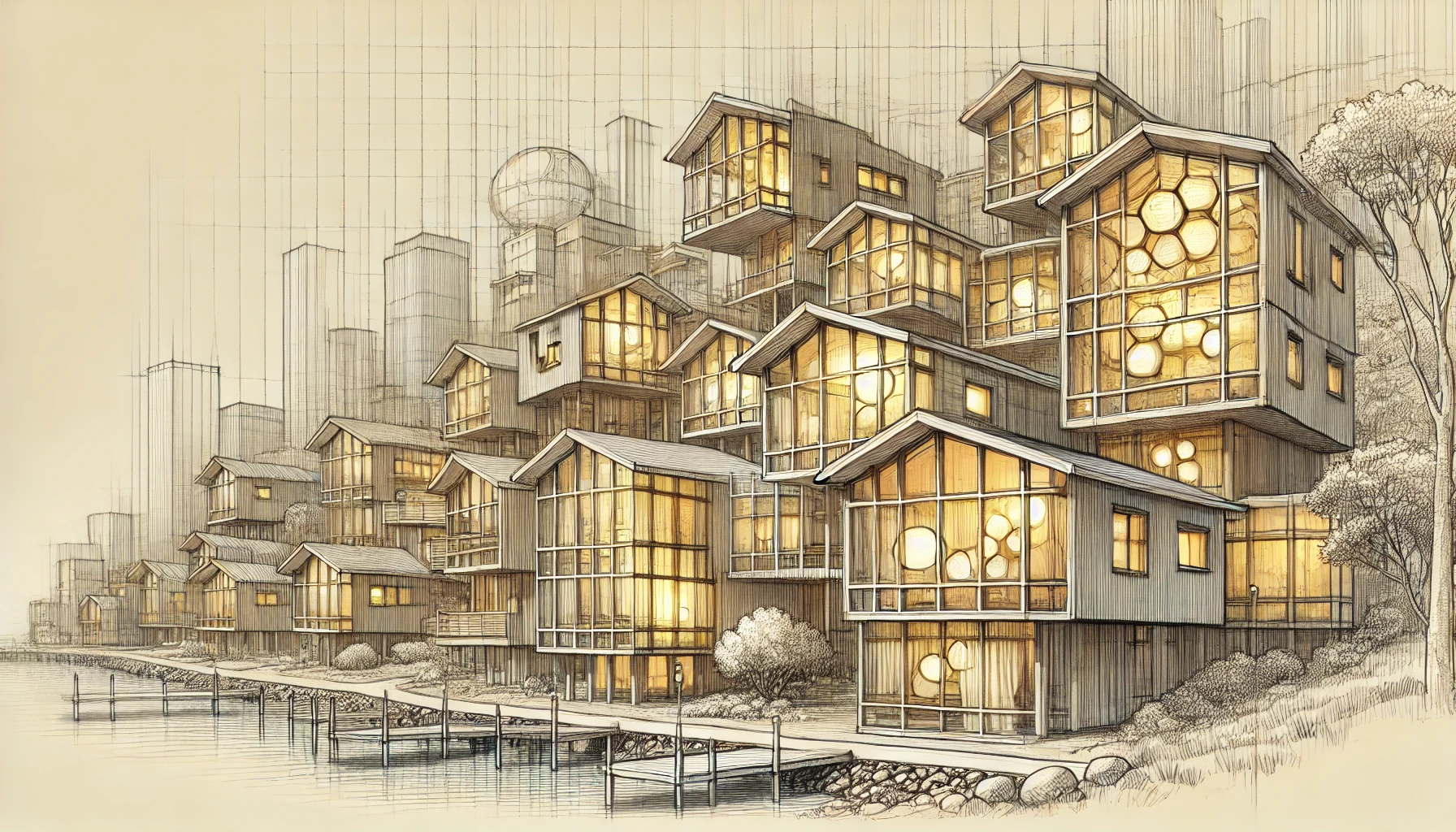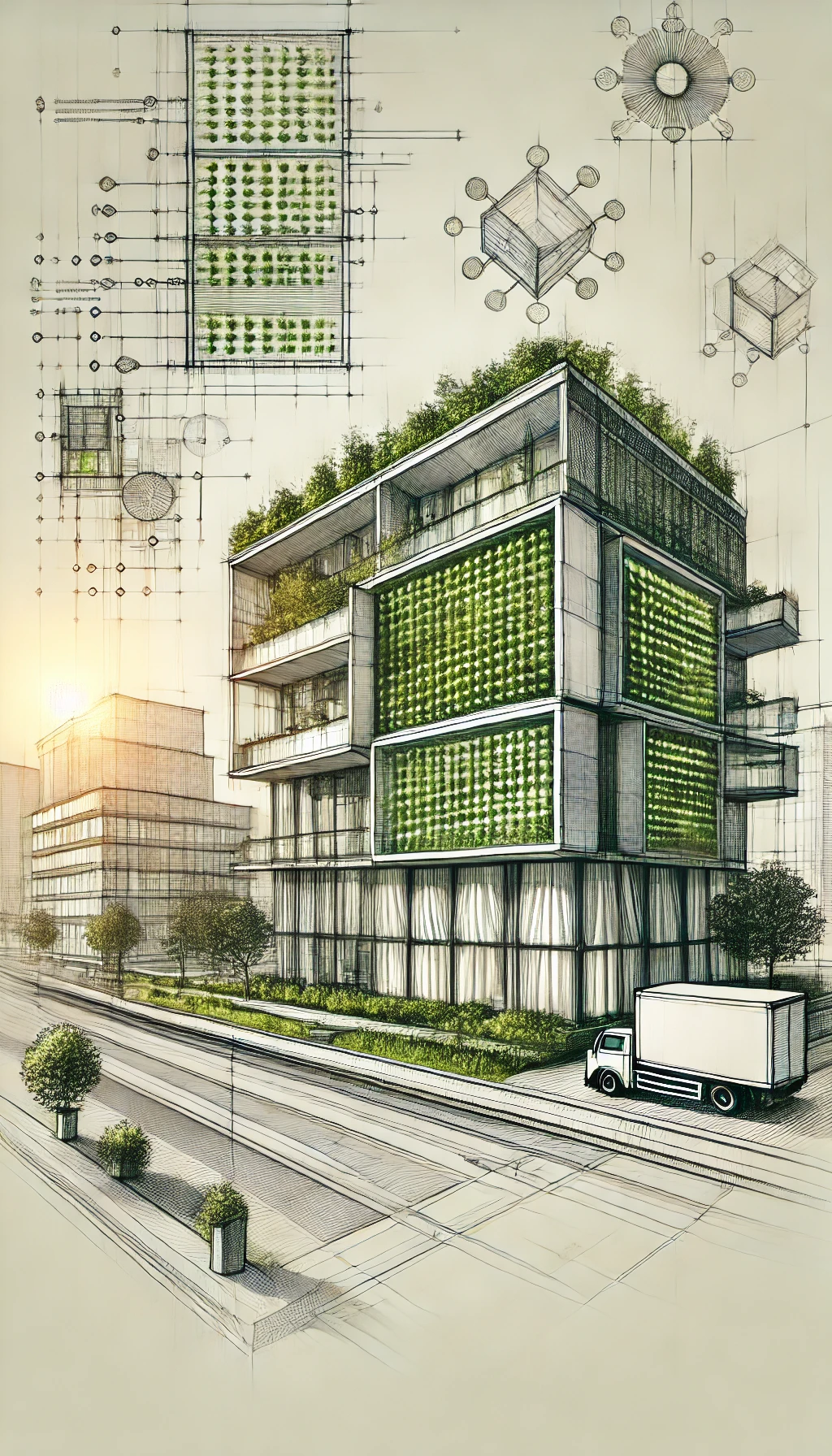In recent years, the field of biodesign has emerged as a groundbreaking approach to merging nature and technology in aesthetic design. This innovative discipline combines principles from biology, engineering, and design to create sustainable, living artworks and structures that push the boundaries of what we traditionally consider “design.”
What is Biodesign?
Biodesign is an interdisciplinary field that involves the incorporation of living organisms or biological processes into design solutions. It goes beyond biomimicry, which merely imitates nature’s forms and processes, by actively integrating living systems into the design itself.
“Biodesign represents a paradigm shift in how we approach design and our relationship with nature. It’s not just about creating sustainable solutions, but about fostering a symbiotic relationship between the built environment and living systems.” – Dr. Eliza Moreau, Biodesign Researcher
Key Trends in Biodesign
- Living Architecture: Architects are experimenting with buildings that incorporate living organisms into their structures. For example, the BIQ House in Hamburg, Germany, features a bioreactor façade filled with microalgae that generate energy and provide dynamic shading.
- Biofabrication: This involves growing materials using biological organisms. Companies like Bolt Threads are producing leather-like materials using mycelium (fungal threads), offering a sustainable alternative to animal-derived leather.
- Biocomputing: Researchers are exploring the use of living organisms, such as slime molds, to perform computational tasks. This could lead to more efficient and sustainable computing systems in the future.
- Bioluminescent Design: Incorporating bioluminescent organisms into design elements to create natural, energy-efficient lighting solutions.

Implications for the Future
The rise of biodesign has far-reaching implications for various fields:
- Sustainability: Biodesign offers new avenues for creating truly sustainable products and structures that can adapt and even contribute positively to their environments.
- Healthcare: Biodesigned materials and structures could revolutionize medical implants, drug delivery systems, and regenerative medicine.
- Art and Culture: Living artworks challenge our perceptions of art and raise questions about the nature of creativity and authorship when working with living systems.
- Ethics: As we increasingly manipulate and integrate living organisms into our designs, new ethical considerations arise regarding the treatment and rights of these biological components.
As biodesign continues to evolve, it promises to reshape our understanding of design, sustainability, and our relationship with the natural world. The fusion of biology and technology opens up exciting possibilities for creating aesthetically pleasing, functional, and environmentally harmonious designs that blur the lines between the artificial and the natural.
The future of design is alive, quite literally, and it’s an exciting time to be at the forefront of this biological revolution in aesthetics and functionality.

